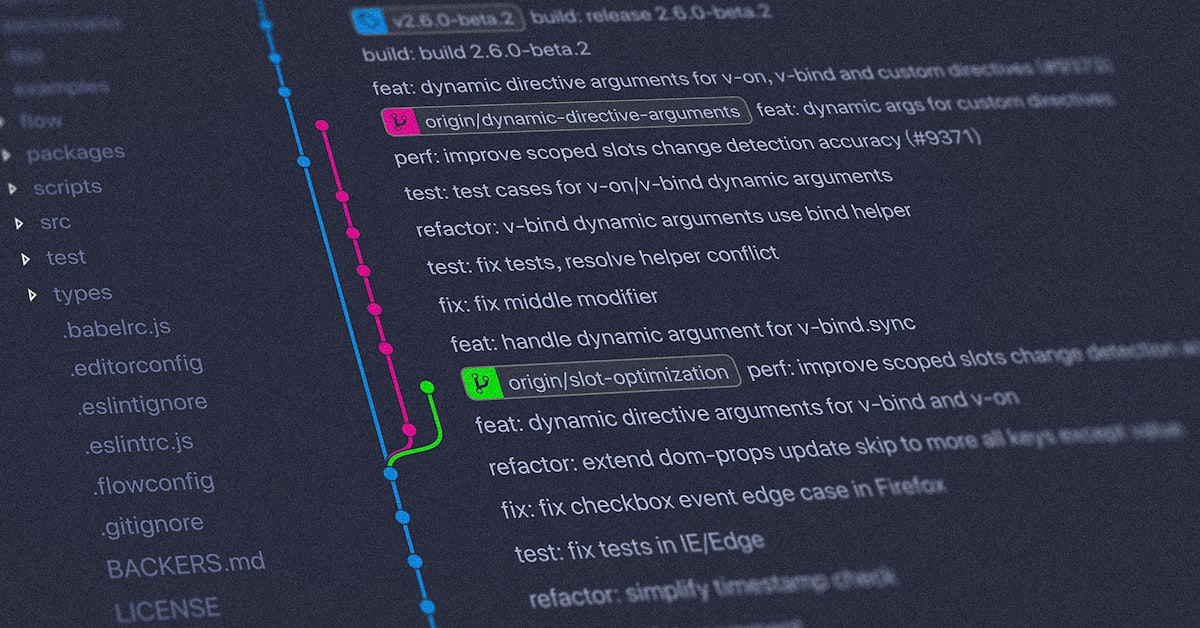· Sweady Team · Development · 4 min read
Why You Should Use Pull Requests
Discover why pull requests are essential for modern software development and how they can improve your team's code quality and collaboration.

Why You Should Use Pull Requests
In the world of software development, maintaining high-quality code while enabling effective team collaboration is a constant challenge. One of the most powerful tools at our disposal to address this challenge is the pull request (PR). But what exactly is a pull request, and why should your team adopt this practice?
What is a Pull Request?
A pull request is a method of submitting contributions to a project. It’s essentially a proposal to merge a set of changes from one branch into another, typically from a feature branch into the main branch of a repository. Pull requests enable team members to review code changes, discuss potential modifications, and ensure the quality of the code before it becomes part of the main codebase.
In platforms like GitHub, GitLab, or Bitbucket, pull requests provide a user-friendly interface that displays the differences (diffs) between the content in the source branch and the target branch, making it easier to review changes.
Key Benefits of Using Pull Requests
1. Improved Code Quality
One of the primary benefits of pull requests is the improvement in code quality. When developers know their code will be reviewed by peers, they tend to:
- Write cleaner, more maintainable code
- Add appropriate comments and documentation
- Follow coding standards and best practices
- Catch their own mistakes before submitting
Code reviews through pull requests help identify bugs, security vulnerabilities, and performance issues before they reach production. This proactive approach to quality assurance can significantly reduce the number of issues that make it to your users.
2. Knowledge Sharing and Team Learning
Pull requests create an excellent opportunity for knowledge sharing within a team. When reviewing code, team members can:
- Learn new techniques and approaches
- Understand different parts of the codebase
- Share best practices and coding standards
- Mentor junior developers
This continuous exchange of knowledge helps build a stronger, more cohesive team with a shared understanding of the codebase.
3. Enhanced Collaboration
Pull requests facilitate collaboration by providing a structured way for team members to work together on code changes. They enable:
- Asynchronous collaboration across different time zones
- Clear communication about changes through comments and discussions
- Collective ownership of the codebase
- Integration of feedback from multiple stakeholders
Using pull requests, changes can be made without impacting the work of others, making it easier for teams to work in parallel on different features or components.
4. Reduced Risk
Before a pull request is merged into the main codebase, team members have the opportunity to review changes to ensure compliance with the team’s coding standards. This helps:
- Identify potential bugs and errors before they reach production
- Ensure security best practices are followed
- Maintain consistency across the codebase
- Provide a safety net through the ability to roll back changes if needed
5. Faster Feature Development
Contrary to what some might think, pull requests can actually help teams build features faster. They enable:
- Parallel work on different features
- Early feedback on implementation approaches
- Quick integration of changes once approved
- Clear communication about code changes
6. Better Documentation and Traceability
Pull requests create a historical record of changes to the codebase, including:
- Who made the changes
- Why the changes were made (through descriptive commit messages and PR descriptions)
- Who reviewed and approved the changes
- Discussions and decisions about implementation details
This documentation is invaluable for understanding the evolution of the codebase and the reasoning behind certain decisions.
Best Practices for Pull Requests
To get the most out of pull requests, consider these best practices:
For Submitters:
- Keep PRs small and focused: Smaller PRs are easier to review and less likely to contain errors.
- Write clear descriptions: Explain what changes you’re making and why.
- Reference related issues: Link to any relevant tickets or issues.
- Test your changes: Ensure your code works as expected before submitting.
- Respond to feedback promptly: Be open to suggestions and address comments in a timely manner.
For Reviewers:
- Review PRs promptly: Aim to start reviewing within a few hours of submission to respect the submitter’s time.
- Provide constructive feedback: Be specific about what needs improvement and why.
- Check the code thoroughly: Don’t just hope the code works; test it yourself.
- Look at the bigger picture: Consider how the changes fit into the overall architecture.
- Be kind and respectful: Remember there are humans behind the code.
Conclusion
Pull requests are more than just a technical process—they’re a fundamental practice that can transform how your team collaborates on code. By implementing pull requests in your development workflow, you can improve code quality, enhance team collaboration, reduce risks, and build features faster.
Whether you’re a small startup or a large enterprise, the benefits of using pull requests are clear. They provide a structured approach to code review and collaboration that helps teams deliver higher-quality software more efficiently.
Start implementing pull requests in your development workflow today, and experience the difference they can make to your team’s productivity and code quality.
 Sweady
Sweady